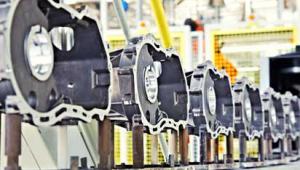According to figures, published yesterday, the slowdown was caused by a contraction in construction output, which was 2.2% lower in the period compared to the three months from April to June.
However, output in the three other industrial groups in the economy all increased – services were up by 0.7%, production (including manufacturing) was 0.3% higher, and agricultural output increased by 0.5%.
Overall, gross domestic product is 2.3% higher compared with the same quarter a year ago, and output is now estimated to be 6.4% higher than the pre-economic downturn peak, set in the first three months of 2008.
In an analysis of the figures, the Centre for Economics and Business Research said that although expansion was still “fairly buoyant”, it was now notably slower than in 2014.
“On aggregate, today’s findings don’t give huge cause for celebration, but neither are they too gloomy,” managing economist Rob Harbron said.
“The economic recovery may be built on relatively fragile foundations, including the imbalance between different sectors, but growth is still ticking along for now. Certainly employment levels and household spending power are improving domestically.
“The key threat on the horizon comes from a cooling global economy alongside a less-supportive inflationary environment next year. CEBR still expects the UK economy to expand comfortably above the 2% mark this year, but this will be followed by a gradual slowdown over the next few years.”












